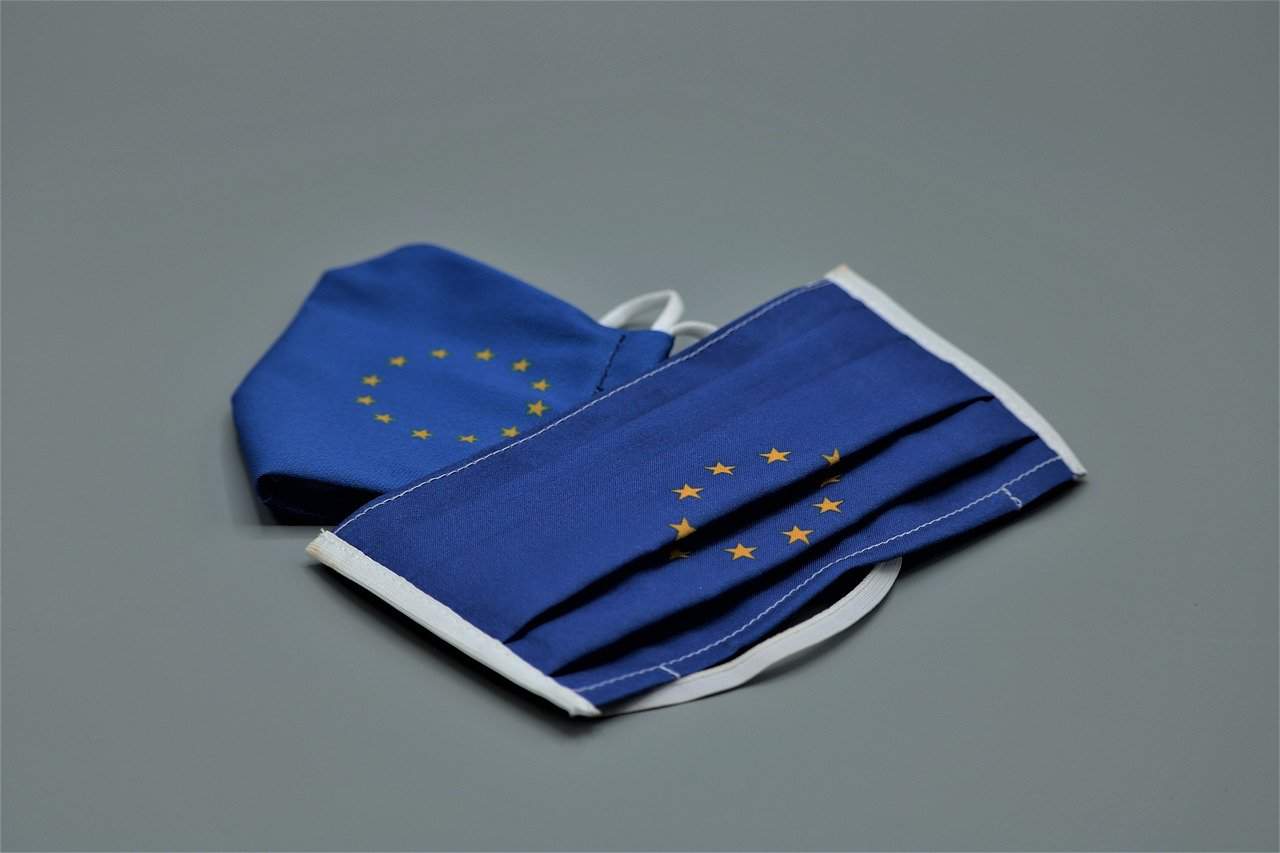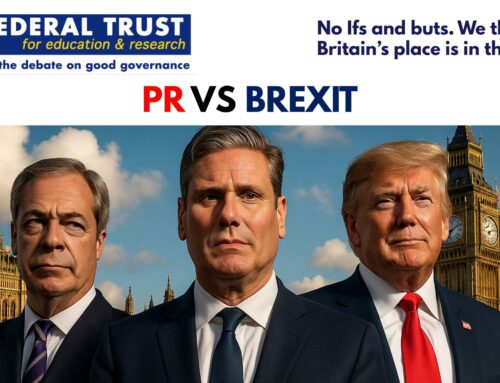The excitedly visionary – or fantasist – proponents of “more Europe” are already talking about a new Health Union alongside Fiscal Union, Defense Union and even the seemingly more mundane Banking Union.
In the midst of the COVID-19 pandemic, Ursula von der Leyen and her college of commissioners have seized the opportunity to propel the EU’s health policy agenda several steps forward by unveiling a €9.4bn standalone spending program under the new Recovery Plan (#Next Generation EU/Multi-annual Financial Framework (MFF or #EUbudget).
The overall plan foresees €750bn of collective borrowing to finance grants and loans to individual countries and the 7-year MFF would amount to €1.1trn – on top of the €540bn pandemic support funding already approved.
As we noted here recently in discussing the plan’s progenitor, the Macron-Merkel €500bn initiative, the health program comes with an array of superlatives – “major”, “ambitious”, “robust” (Margaritis Schinas, commissioner for the European way of life) and “game changer”, “real paradigm shift” (Stella Kyriakides, health commissioner). After all, the previous program was a mere €413m nestled somewhere pretty invisible under the Social Fund. But add a healthy pinch of salt to this recipe.
Certainly, the coronavirus crisis has exposed serious shortcomings in the EU’s preparedness as well as significant divergences in the 27 member states’ healthcare systems, most notably in terms of resilience. The notion of creating a shared strategic stockpile of medicines and medical products such as personal protective equipment (PPE) may appear a no-brainer in the face of such evidence.
But the plan goes way beyond this by envisaging measures to “strengthen health security and prepare for future health crises” via pan-EU “strategic sovereignty or autonomy” in healthcare matters that are historically entirely in the hands of the member states. This envisions not only the re-shoring of manufacturing capacity for medicines, vaccines and other pharmaceutical products but a step-change in R&D for vaccines and treatments that would make Europe a global big player – an innovation challenger to the US and China.
HOW TO SPEND IT
The €9.4bn program, EU4Health, is designed to strengthen crisis management, including prevention and surveillance, at European level and buttress health systems. It will be spread over the seven years of the next MFF, with €7.7bn raised through borrowing and €1.7bn through the enhanced own resources (2%) of the MFF. Spending will be front ended in the first three years from 2021 on rebuilding healthcare system resilience.
As well as establishing common stockpiles, it foresees a Frontex-style EU health emergency team that could be dispatched to crisis-hit areas and shared capacity (on the lines of Germany providing ICU beds for Italy…). There is even talk of clinical trials…(See more here).
But the program goes on to pile in collective measures to handle existing socio-medical challenges such as anti-microbial resistance (AMR) and non-communicable diseases (NCDs) such as cancer. There is the usual genuflection to “available and affordable” supplies and “reduced inequalities” and “greener manufacturing”. Quite a potpourri.
WILL IT HAPPEN?
The new plan foresees, typically in such EU initiatives, roles for a host of players and funding mechanisms (“instruments”). The Commission envisages key and enhanced roles, for example, for agencies such as the European Centre for Disease Prevention and Control (ECDC), the European Medicines Agency (EMA), the European Food Safety Authority (EFSA) and the European Chemicals Agency (ECHA) in bolstering Europe’s defence against serious cross border health threats and pandemics, both on the prevention and on the crisis management front.. The EMA, for instance, would monitor drug shortages.
Along with as yet unspecified suggestions of making medicines available and affordable for all, the EC is clearly setting out its stall to be more active in setting Europe’s health policy and buttressing under-funded healthcare systems But, if the direction is plain, the paths are muddy. The Social Fund and Regional and Development Fund will, for example, retain their roles – as will the Digital Europe Program. And the critical R&D funding stream will be managed within Horizon Europe, the latest proposed 7-year research platform. In other words, one can all too easily imagine the old adage of “too many cooks” applying here.
At the same time, there is no immediate mention of the role of the private sector, including pharmaceutical companies with their expertise and knowhow as well as proven innovation track record, in helping to deliver Europe’s “health autonomy” in matters as critical as new vaccines, therapeutics, etc. Nor their interaction, so crucial in the current pandemic, with, say, CEPI or the IMI. How, indeed, are all these divergent players and interests to be brought together to sing from the same hymn-sheet? Who, in a word, is in charge?
The proposed timeline for approving and implementing the new program is highly ambitious in itself. Yet, we know that Banking Union, first set out in response to the 2008 financial crisis, remains incomplete. And that winning agreement among the 27 within the Council of Ministers is always fraught – especially in an area where some commentators are already thinking and talking of treaty change.
The next EU Summit (European Council of 18/19 June) will be crucial here in setting the signal for green or, more predictably, amber despite the public health emergency still engulfing Europe. If the Commission’s real ambition is federalist, then, as cynics like Wolfgang Münchau argue, “you cannot fudge your way to a federal future.” Is this Frau von der Leyen’s real goal? More clarity please!





